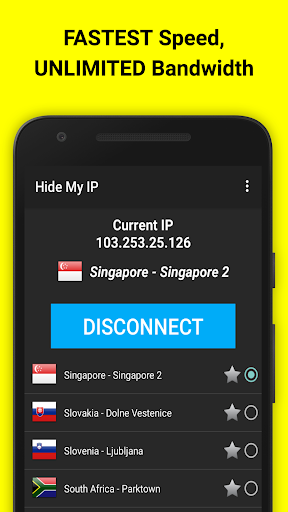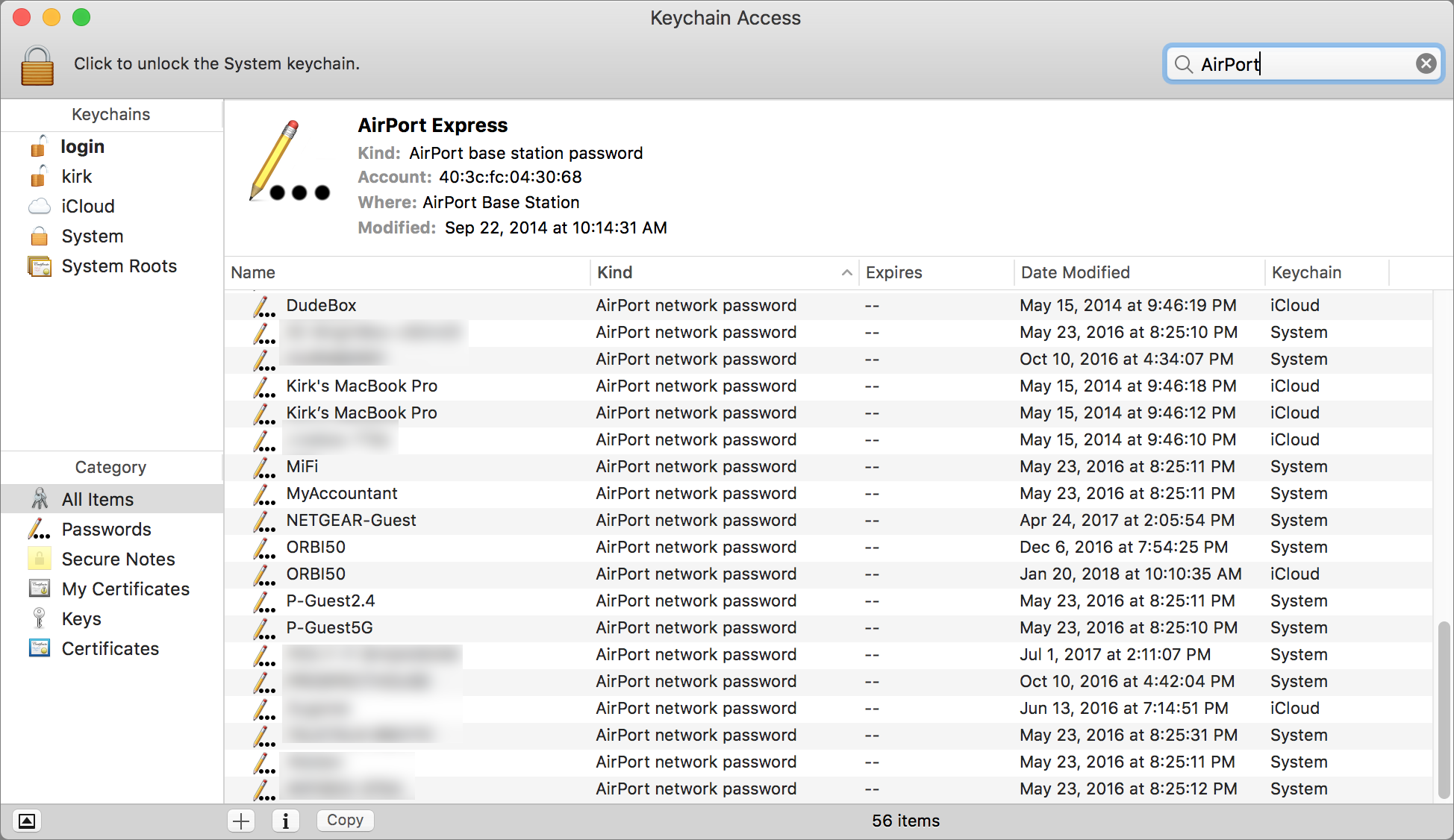Some macOS users may experience this issue. In fact, several users report this problem. Users state that they can’t get online because their Mac computers display this message: “Wi-Fi: No hardware installed” (see the image below) when the Wi-Fi icon in the menu bar is clicked.
Method 3: Use Who is on My WiFi Program. It doesn’t matter you’re using mac or any other device you can try the first method using any browser. But still if you not able to access admin panel then you can download this program from mac app store. Get Who is On My WiFi for Mac OS. This program is somehow similar to Wireless network.
- Aug 18, 2019 For Android users, we are here with Best Android Apps To Transfer Files With High-Speed Over WiFi. Today all of us share files from one Android to another, Android to PC or vice versa and at that moment we use many apps to transfer files and we also use Bluetooth to transfer files, but the speed of file transfer using all these is not so high.
- Jan 16, 2020 Your Mac can monitor your Wi-Fi connection for intermittent issues, such as dropped connections. Follow the steps to analyze your wireless environment, but choose ”Monitor my Wi-Fi connection” when prompted. During monitoring, a window shows that monitoring is in progress.
If you see this error message, this means that your Mac is unable to detect your Wi-Fi adaptor because of two possible reasons: (a) Wi-Fi adaptor is not installed or (b) Wi-Fi adaptor is failed.
See also: Bluetooth not working?
As everyone relies on their Internet connection to function properly, this can very frustrating when your wireless connection goes down as a result of this problem. Your Mac may start having this Wi-Fi issue after updating your computer.
This short article explains how you can troublesoot this Wi-Fi issue:
- The first thing you should do is to simply restart your Mac.
- If restarting your Mac does not help, the second tip you should try is to reset NVRAM and SMC. To reset NVRAM (or PRAM) is easy. Here is how:
- Turn off your computer
- Then restart your Mac, immediately press and hold down the Command + Option + P + R keys together until you hear the reboot sound (about 20 seconds).
- Your Mac will reboot. Now check if the Wi-Fi icon still shows the X icon and Wi-Fi: No hardware installed message. If you are still having this problem then now reset SMC.
- Resetting SMC (System Management Controller) is a little bit complex. It is slightly different on different Mac models. Apple’s document explains how you can do that. After resetting SMC, are you still having Wi-Fi issues? If so, please see the next tip.
- It is possible that an old system configuration file may cause this. This file is ‘/etc/sysctl.conf’. Modern Macs do not even have this file anymore. To the following steps:
- Open the Terminal app (Applications > Utilities)
- Enter the following command and hit Enter
- ls -l /etc/sysctl.conf
- It should return a result like “No such file or directory”. This means that your Wi-Fi problem is caused by something else.
- However, if you see a result like this : “-rw-r–r– 1 root wheel 136 24 Nov 2013 /etc/sysctl.conf“; this means that your computer has sysctl.conf file. It is highly likely that this file is causing this network problem. What you want to do this rename this file to see if that fixes the issue (so you can restore later if you want to).
- In Terminal, enter the following command and press Enter
- sudo mv /etc/sysctl.conf /etc/sysctl.conf.bak
- You may have to enter your admin password to make this change.
- Then simply restart your Mac
- Start up your Mac in Safe Mode. Here is how:
- Turn off your Mac
- Start your Mac and immediately press and hold the Shift key. You will see the Apple logo. Release the Shift ket when you see the login window.
- Now you are in Safe Mode. Is Wi-Fi working?
- Restart your Mac normally without pressing any keys. (see also: If Safe Mode is stuck?)
- On your Mac, follow these steps:
- Go to System Preferences > Network
- Select Wi-Fi on the left-hand side (see the image below)
- There is a configuration icon, click that to open configuration options.
- And select “Make Service Inactive”
- And then click Apply.
- Now restart your Mac
- And go to System preferences > Network and now select “Make Service Active” and click Apply.
Are you still having this problem? If so, you may want to contact Apple. You can make a Genius Bar reservation or you can live chat with an Apple support representative.
See also: Mac Mojave is not responding
Several users have reported that they are having problems connecting to the Mac App Store. Further, users stated that this problem started after updating their Mac devices. The error message:


“Cannot Connect to the App Store”.
You may also see similar error messages:
- An unknown error has occurred.
- We could not complete your request.
Please note that if you are having this issue on your iPhone or iPad, please see this article.
Who Is On My Wifi Mac App 2019 Essay
This article explains what you can do when your Mac can’t connect to the Apple App Store and won’t download, install, or update apps.
See also: Cannot Send or Receive Messages on Your Mac?
Why can’t my Mac connect to the App Store?
- First, let’s make sure that there are no network connectivity issues. Make sure that your Mac is connected to the Internet. Check to see if websites load in Safari or in other browsers. If not, you may try the following troubleshooting tips:
- Restart your Mac. (Apple menu > Restart).
- Restart your router/modem (Unplug the power supply, wait 30 seconds and then plug it back in).
- Turn off and on Wi-Fi. (Click the Wi-Fi icon in the menu bar).
- Contact your Internet service provider and confirm that there are no outages.
- Make sure that Apple Mac App Store servers are up and running. Go to Apple’s System Status website and check. It is possible that the App Store service is having issues with its servers or systems. For instance, currently, it is saying “Mac App Store – Completed Maintenance. 1.7% of users were affected. Customers may have been unable to make purchases from the App Store, iTunes Store, iBooks Store, or Mac App Store.” As you can see, the Mac App Store was down for some users, and but now it is fixed. If this the case, there is little you can do. Just wait. You’ll know when the service is working again.
- Launch iTunes. From the top menu bar, click Account and then Sign out. After signing out, sign back in.
- Open the App Store on your Mac and then click Store (top menu bar) and click Sing Out and then sing back in.
- If you are using a VPN or proxy to connect to the Internet, disable them to see if that fixes your problem.
- Update your Mac. Make sure that your operating system is up to date. If you are running macOS Mojave or later, go to System Preferences > Software Update and then click Check for Updates. If there is an update available, update the software on your Mac by following the on-screen instructions. If you are running an earlier version of the macOS software (e.g., macOS High Sierra, etc) then you will need to open the App Store and click Updates.
- On your Mac, make sure that the date and time settings are done correctly. Go to System Preferences > Date & Time to check this. You may also want to check the box for “Set date and time automatically”.
- Restart your Mac in Safe Mode. You can restart your Mac by pressing and holding the Shift key as your Mac starts up (turn off your Mac then turn on and immediately press and hold the Shift key). Try the App Store in Safe Mode and then restart your Mac normally (this time, do not press the Shift key).
- On your Mac, complete the following steps:
- open the Keychain Access app (Applications > Utilities > Keychain Access).
- Click “System Roots”.
- Double Click “DigiCert High Assurance EV root CA”.
- Click “Trust” to expand it.
- Change “When using this certificate” from “Use System Defaults” to “Never Trust”.
- Now restart your Mac.
- And, when your Mac is on, follow the same steps to change “When using this certificate” back to “Use System Defaults”.
- On your Mac, follow these steps:
- Open Finder.
- From the top menu, click Go > Go to Folder and enter the following:
- /var/db/crls/
- Click Go.
- Delete these files: “crlcache.db” and “ocspcache.db”. You may have to enter your admin password.
- And then restart your Mac.
If everything above fails and the issue persists, you could contact Apple.
Who S On My Wifi
See also: This Item Is Temporarily Unavailable. Please Try Again Later